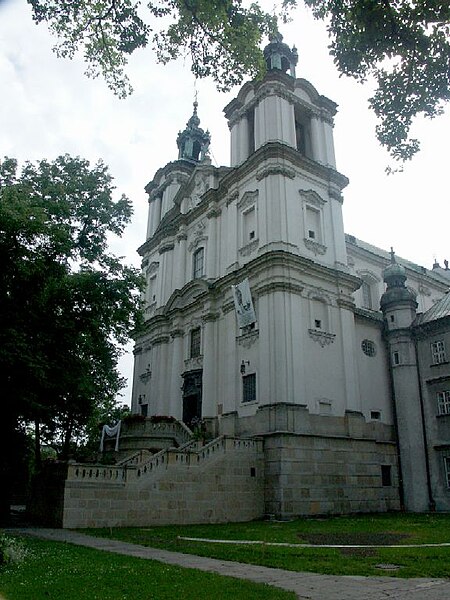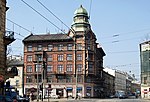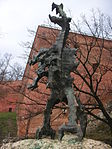Skałka
18th-century Roman Catholic church buildings in PolandBasilica churches in PolandChristian holy placesRococo architecture of PolandRoman Catholic churches in Kraków

Saint Michael the Archangel and Saint Stanislaus the Bishop and Martyr Basilica, also known as Skałka, which means "a small rock" in Polish, is a small outcrop in Kraków atop of which a Pauline monastery is located, a place where the Bishop of Kraków saint Stanislaus of Szczepanów was slain by order of Polish king Bolesław II the Bold in 1079. This action resulted in the king's exile and the eventual canonization of the slain bishop.
Excerpt from the Wikipedia article Skałka (License: CC BY-SA 3.0, Authors, Images).Skałka
Skałeczna, Krakow Stare Miasto (Old Town)
Geographical coordinates (GPS) Address Website External links Nearby Places Show on map
Geographical coordinates (GPS)
| Latitude | Longitude |
|---|---|
| N 50.048333333333 ° | E 19.937777777778 ° |
Address
Kościół pw. Świętego Michała Archanioła i Świętego Stanisława Biskupa (Bazylika pw. Świętego Michała Archanioła i Świętego Stanislawa Biskupa)
Skałeczna 15
31-064 Krakow, Stare Miasto (Old Town)
Lesser Poland Voivodeship, Poland
Open on Google Maps











